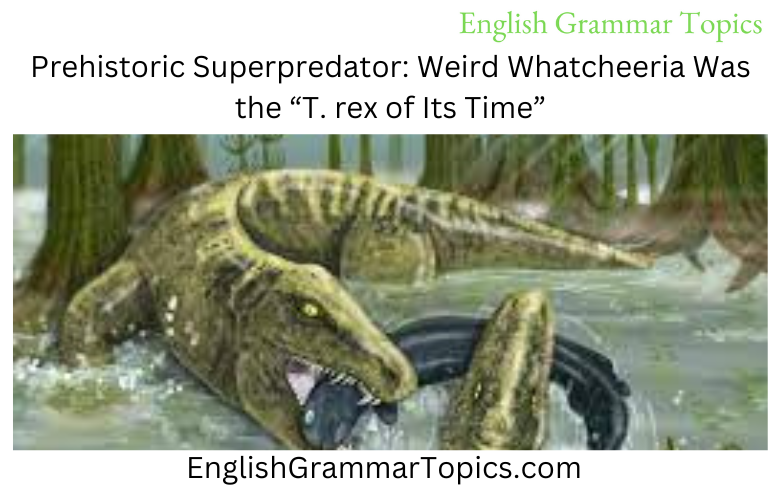Senescent Cells Aid in Regeneration of Damaged Tissues
Recent research from the University of California, San Francisco suggests that not all senescent cells are harmful “zombies” that must be removed in order to prevent age-related disorders. Instead, some of them support typical repair of injury and are embedded in young, healthy tissues.
The small intestine, colon, and skin are examples of organs that operate as barriers in the body, and scientists have recently observed similar cells in work in lung tissue as well. Damage to lung tissue healed more slowly when senolytic medicines were used to remove these cells.

Tien Peng, MD, associate professor of pulmonary, critical care, allergy and sleep medicine, and senior author of the study, said that senescent cells can occupy niches with privileged positions as “sentinels” that monitor tissue for injury and respond by encouraging nearby stem cells to grow and begin repair.
Injured and healed by ageing cells
According to Peng, it makes sense why scientists at first thought senescent cells were only bad. As people age, senescent cells build up; these cells exhibit the traits of old, worn-out cells and lack the ability to produce new cells.
They continue to exist and expel a variety of inflammatory chemicals that together make up the senescence-associated secretory phenotype (SASP). Alzheimer’s disease, arthritis, and other age-related illnesses including cancer have all been linked to these factors. “Zombie cells” was the snappy term given to them.
Researchers found that deleting senescent cells from animals decreased age-related disease and prolonged the animals’ longevity using senolytics, which target and eliminate “zombie cells.” After that, pharmaceutical corporations and research facilities went into overdrive trying to find and develop stronger versions of these medications.
Peng noted that removing senescent cells poses risks. For starters, this recent study shown that senescent cells also have the capacity to enhance typical healing by stimulating stem cell repair. Senolytics have the potential to target disorders where senescent cells drive pathologic stem cell behaviour, but our data reveals that they may negatively impact normal repair.
Senescent Cells are Lit
Senescent cells can be challenging to investigate since their indicators, such as the gene p16, are sometimes scarce and difficult to find. In early experiments, fibroblastic cells were isolated, grown in culture dishes until there were sufficient numbers of cells for experiments, and then treated with substances that caused senescence in the cells.
But in living things, interactions between cells and the tissues around them have a significant impact on the gene activity of the cells. This means that compared to cells in their normal environment, the features of cells growing in isolation in a glass dish may be very different.
Postdoctoral researcher Nabora Reyes de Barboza, Ph.D. and colleagues improved on a conventional method of fusing a pertinent gene—in this case, the p16 gene, which is overactive in senescent cells—with green fluorescent protein (GFP) as a marker that can reveal the location of the cells under ultraviolet light—to create a more effective tool for their studies.
Reyes significantly increased the fluorescent signal in these senescent cells by increasing the amount and stability of green fluorescent protein, allowing the researchers to observe senescent cells in their natural environment of live tissues.
Stem Cells Are Stimulated Soon After Birth by “Zombies”
The researchers discovered that senescent cells exist in young and healthy tissues to a larger extent than previously believed and really start to develop shortly after birth using this extremely sensitive technology.
The researchers also discovered particular growth factors that senescent cells emit in order to encourage stem cells to proliferate and heal tissues. The revelation that immune system cells like macrophages and monocytes can activate senescent cells is relevant to ageing and tissue damage. This finding implies that inflammation present in old or injured tissue is a crucial regulator of senescent cell activity and regeneration.
In their research on lung tissue, Peng’s team discovered stem cells and green glowing senescent cells coexisting on the basement membrane, which acts as a barrier to keep harmful chemicals and foreign cells out of the body while allowing oxygen to diffuse from the air in the lungs into underlying tissues.
This dynamic interface is vulnerable to damage. The team discovered senescent cells in similar locations in other barrier organs like the skin, small intestine, and colon. Their experiments also proved that lung stem cells were unable to effectively repair the barrier surface when senescent cells were eliminated using senolytics.
Peng’s study, which has major implications for the field of ageing research, which aims to make people live longer and healthier lives, according to Leanne Jones, Ph.D., director of the UCSF Bakar Aging Research Institute and Stuart Lindsay Endowed Professor in Experimental Pathology.
“The studies indicate that senolytics research should focus on identifying and precisely targeting harmful senescent cells, perhaps at the earliest signs of disease,” she said. These results highlight the need for better drugs and small molecules that will target particular senescent cell subsets that are involved in disease rather than regeneration.







